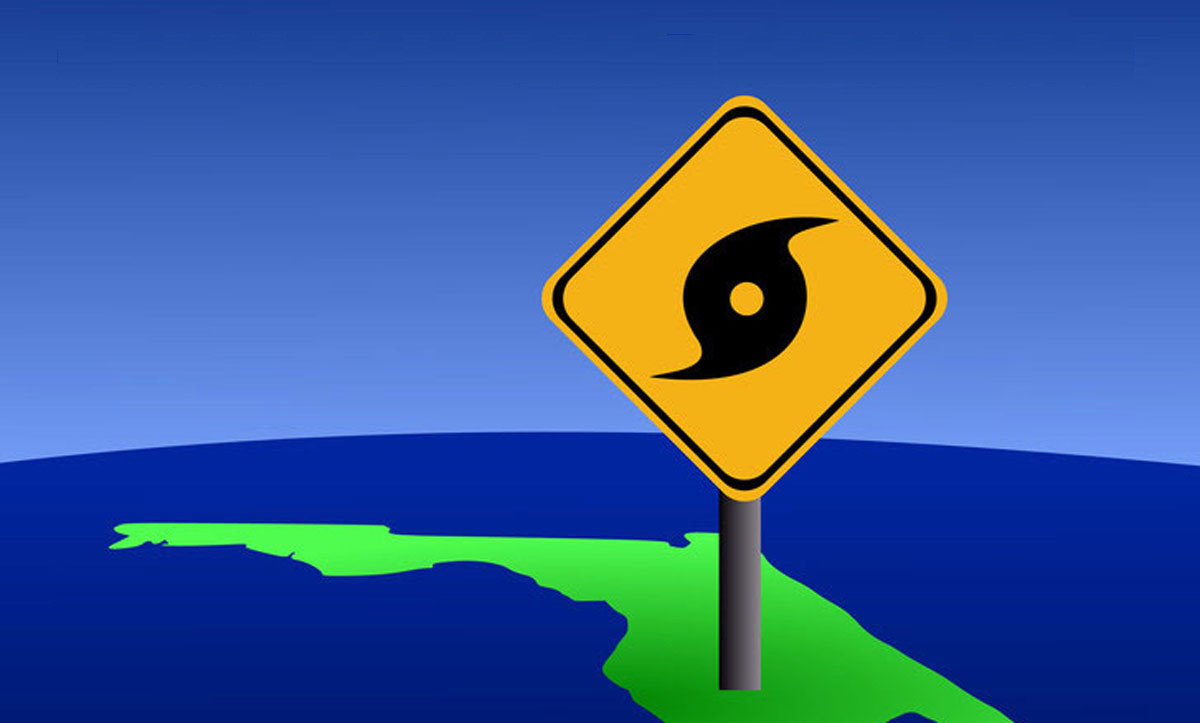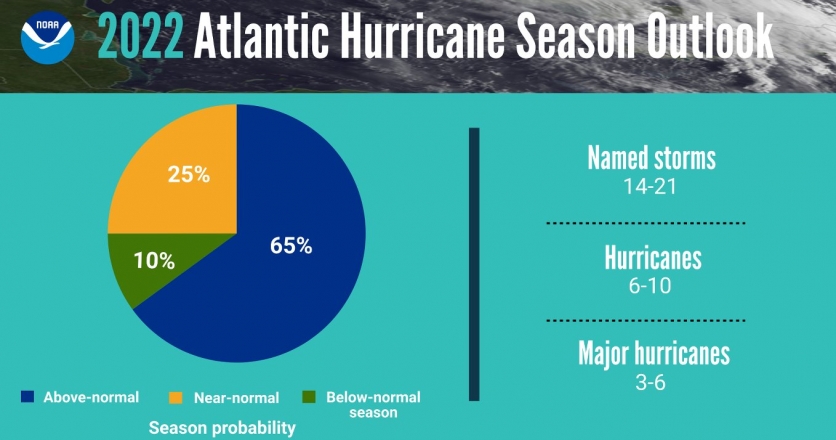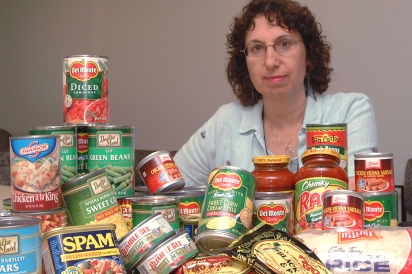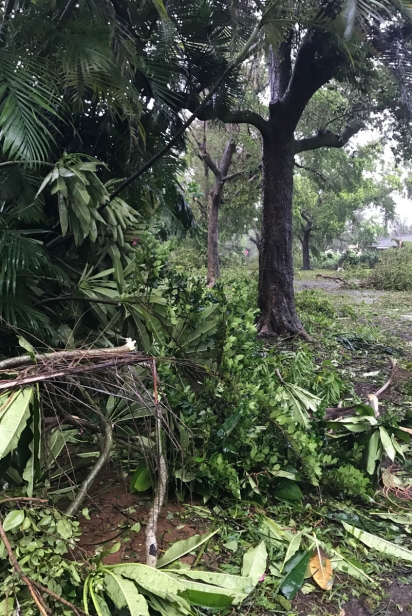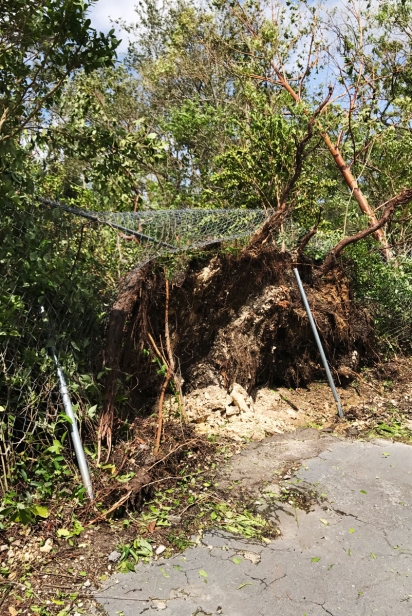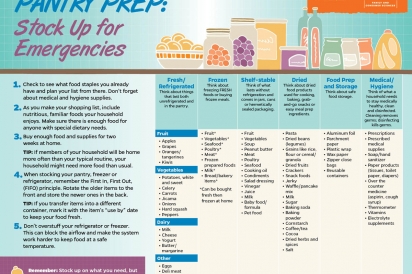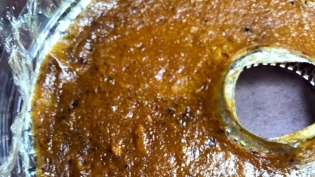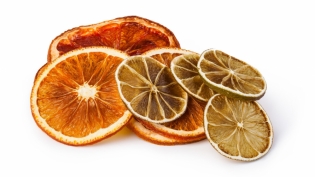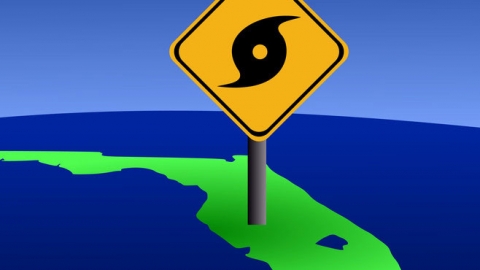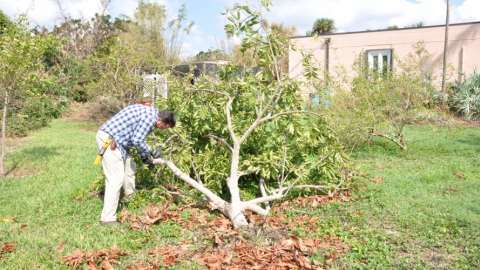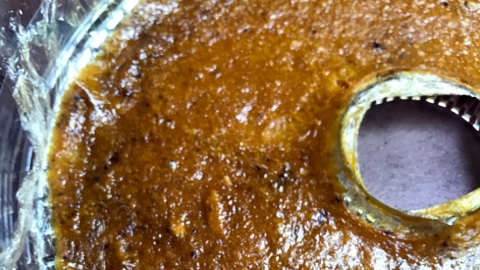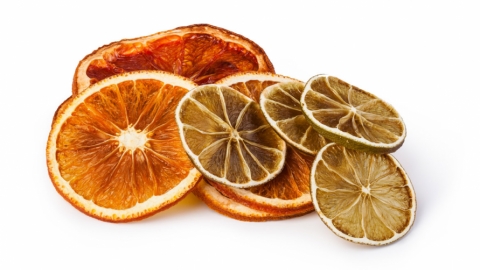Your No-Nonsense Guide to Hurricane Season
Hurricane Nicole
Now it's Hurricane Nicole moving across Grand Bahama island west to Florida.
Locally, there are a number of watches and warnings;
Tropical Storm Warning Hallandale Beach to Boca Ration
Hurricane Watch for Hallandale Beach to Boca Raton
Storm Surge Watch for south of North Palm Beach to Hallandale Beach
Tropical Storm Watch for south of Hallandale Beach to north of Ocean Reef
Follow the National Hurricane Center for up-to-date details. National Hurricane Center website. Find out storm prep basics from the UF/IFAS Disaster Preparation and Recovery.
Closings and Cancellations
All Miami Dade schools, region and district offices are closed Wednesday. They reopen Thursday.
All Broward public schools will be closed Wednesday and Thursday.
Miami Beach Botanical Garden will be closed Wed and Thurs.
Light Up Lauderdale has been canceled.
Brightline and Tri-Rail are suspending services from Wed. afternoon through Thursday.
UF/IFAS has a wealth of information on disaster preparation and recovery resources here. Here are the basics:
Storm Prep at a Glance
Locals know that once a storm warning goes into effect, residents will wait in long lines and clear the shelves of bottled water and sweetened condensed milk. Spare yourself the aggravation and check your food staples (nonperishable), medical/hygiene supplies and pet foods now.
“People also don’t necessarily think of food that can be eaten without cooking. Many shelf-stable foods may need added water and cooking, like rice and noodle products. After a hurricane, the water may become contaminated and if the power is out, the microwave isn’t going to work,” says Keith Schneider, a professor of food science and human nutrition at the UF Institute of Food and Agricultural Sciences.
Stock up on what you need but don’t hoard. This includes:
• Shelf-stable foods like canned, jarred, dehydrated foods.
⁃ Healthy grains, like high-fiber, low-sugar cereals, whole-wheat crackers, rice cakes
⁃ Dairy: powdered or shelf-stable milk
⁃ Proteins: canned tuna and salmon, beans, nuts, seeds, nut butters
⁃ Dried/dehydrated: pasta, beans, rice, granola, crackers, jerky, dried/canned milk, coffee and tea
• Prescriptions, soap, toilet paper, over-the-counter medicines
If you have a dehydrator, dry seasonal fruits like mangos, pineapple and starfruit and store sealed for delicious snacks. Or look for local dried fruits in season in your farmers market. See Dry Me, Try Me.
Bottled Water
Every time a storm threatens, there’s a run on bottled water. A more eco-friendly solution: fill jugs with tap water before the storm. Freeze if you have room. Unless you have poor-quality well water, tap water is just fine and you won’t be adding single-use plastics to the landfill.
If after a storm you are under a Boil Water Advisory, all water for drinking, hand washing, washing fruits and vegetables, cooking and dishwashing must be sanitized by boiling, using a water purification kit or common household chemicals. Follow the health department’s recommendations. Check out more info here.
Eating When the Power Goes Out
Plan on losing electricity when a storm hits. That means no microwave, electric coffee maker, air fryer. Consider this experience a camping adventure and plan accordingly.
If you have a gas grill, make sure you have a full tank of propane and an extra for cooking perishable foods during a power outage. Portable butane gas burners used in camping are handy and inexpensive ($20-50). Charcoal and wood-burning grills work fine too, so check your supply of briquets or wood. Never grill inside the house.
Don't forget a manual can opener (from about $3).
Buy eco-friendly paper plates, cups and cutlery to use if the power goes out and the dishwasher isn’t working.
Refrigerator/Freezer Safety
According to UF/IFAS, refrigerator temperatures should be 41ºF (5ºC) or less. In preparation for a possible power outage, you can set the temperature colder than normal.
• Organize the freezer by grouping meat and poultry on one side so that if they thaw, their juices won’t contaminate other foods
• If the freezer is not full, fill and freeze containers of water to fill the space
How Long Will Food Stay Safe?
When in doubt, throw it out. If the power goes out, use perishable foods from the refrigerator first, then the freezer. Follow these guidelines from UF/IFAS:
• Refrigerator: If kept closed, about four hours
• Full freezer: If kept closed, about 48 hours
• Half-full freezer: If kept closed, about 24 hours
Prepare Your Trees Now
In 2017, winds from Hurricane Irma downed trees and branches throughout South Florida. Prevent this damage by analyzing your tree situation now, not when a storm threatens and conditions are dangerous for trimming big limbs. After storms, chain saws and tree trimmers are in demand. Other tips:
• Remove damaged and hazardous trees, including those leaning toward buildings, with dead or dying branches or rot in the trunk.
• Find an arborist for help. If you use a chain saw, buy gas and oil.
• If you’re planting trees, choose wisely. Some trees have brittle branches or shallow root systems that make them more likely to topple in high winds.
For more information on what to do with your trees, visit this UF/IFAS page.
For this story, we’ve used the following resources.
Weather
NOAA
National Hurricane Center
FEMA
Food Safety, Tree and Plant Care
The University of Florida/Institute of Food and Agricultural Sciences (UF/IFAS) website is packed with information:
Digital Hurricane Kit – Links to hurricane tracker apps, how to set up government alerts on your phone, FEMA app for emergency shelters and disaster assistance, gas availability, pet first aid and care, and much more.


